Alexander is well known as one of the best commanders of all time. His accomplishments are even more remarkable given his youth. Alexander had two great tutors from a very young age. Aristotle, the famous philosopher, gave Alexander a well-rounded base of knowledge and the ability to think with logic and reason about all matters. Alexander’s father, Philip, would leave his son with one of the finest professional armies in the ancient world, as well as the knowledge of how to use it.
The Tools for the Job
Most military buffs know that Philip revolutionized the phalanx by giving his men extra-long Sarissa spears and instilling unwavering discipline, but he did so much more. The phalanx, especially the specialized Macedonian phalanx had flaws. The unshielded right-hand side was vulnerable and the whole rear of the formation was especially vulnerable. To protect the phalanx, Philip organized multiple specialized units. Not just infantry to guard the right flank, but highly-trained shield bearers. Not just a cavalry wing, but a feared group of companion cavalry, trained in multiple attack formations.
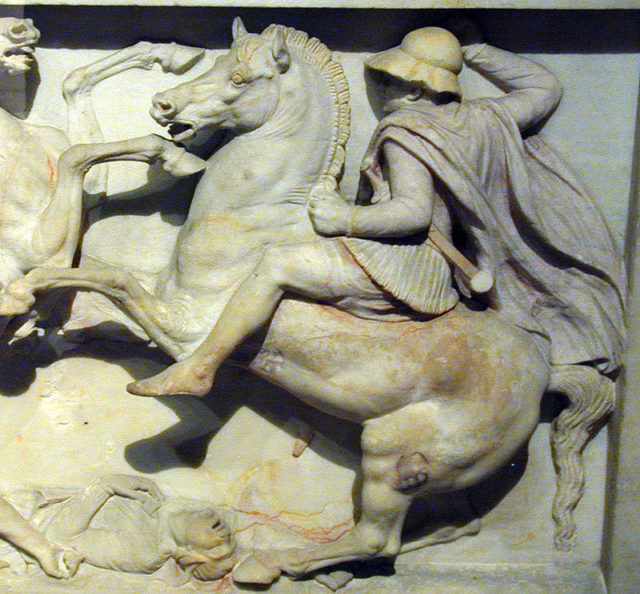
The best way to learn is to get into the thick of things, and that was exactly Philip’s approach to teaching his son. When Philip decided to invade Greece in 338 BCE, 18-year-old Alexander went along with him. I Alexander seems to have been given command of the companion cavalry, and the whole left flank of the infantry.
Philip had long desired an invasion of Persia and had no interest in simply being the overlord of Greece. During his invasion, Philip took advantage of the generations of Greek Vs. Greek warfare and sought one large battle to get the allegiance of all the Greeks in one fell swoop. He got just that when the alliance of Athens and Thebes joined to meet the Macedonian army at Chaeronea.
The Clashing of the Phalanxes
The Greeks – Athens, Thebes, Corinth, and others – despite the years of war, were able to field an army of about 35,000. The Athenians took the left, and the Thebans took the right. The Greeks faced an army of about 30,000 Macedonian infantry backed up by 2,000 cavalry. Philip commanded the right while Alexander seems to have commanded the entire left. The Thebans also came to battle with their famous sacred band of 300 warriors. These men held as much respect in the Mediterranean as the Spartans.
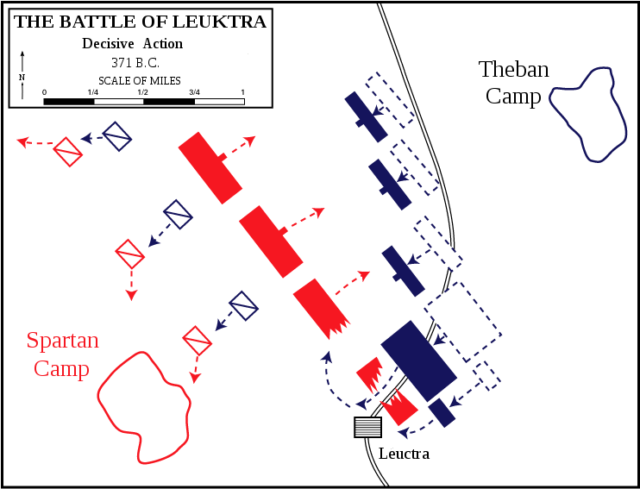
The battle began normally, as both sides engaged along the lines. The battle was hotly contested as the two types of phalanx formations attacked each other. The Macedonian phalanx would have had an advantage of a longer reach, but they faced the established fighting style of the Greek hoplites. It’s easy to see how sporadic casualties could pile up without either side being able to break straight through the other.
Philip must have recognized that the battle was a deadlock and that he had to do something. In an unorthodox move, Philip pivoted his line around his center. He withdrew his right, retreating from the advancing Athenians. His left, under Alexander, pushed forward against the still stationary Thebans. This left a gap in the Greek center as the Athenians pushed too far forward.
Alexander’s Decisive Charge
Here is where Alexander first made his move that would later become so decisive at Gaugamela. Taking his elite cavalry, and possibly some elite infantry, Alexander led them through the tight gap that opened in the Greek center. Here the cavalry rotated left to surround smash into the exposed left of the Thebans.
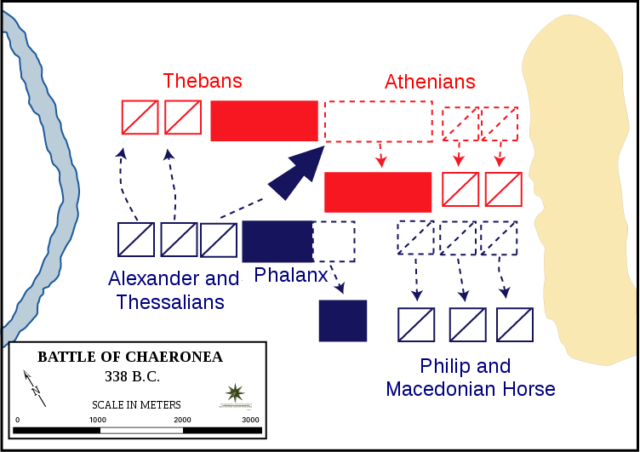
At the same time, Philip wheeled around and engaged the Athenians. The Macedonian army was a professional force, used to fatigue in training. The pursuing Athenians likely became exhausted when taking into account the long fighting at the start of the battle as well as the running pursuit of the retreating Macedonians. Philip may also have planned the retreat to go up a hill so that his men could turn around and attack downhill.
The Last Stand of the 300 Thebans
Alexander’s attack was executed with perfection, but the attack seemed to hit the Theban Sacred Band the hardest. The 300 men of the Sacred Band fought on even as the rest of their allies were routed and the Athenians were scattered. Some say that all 300 fought to the death. A monument in the shape of a lion was erected at the site of their burial. The site of the statue was excavated and the remains of 254 men were found, giving the tale of the last stand of the sacred band some plausibility.
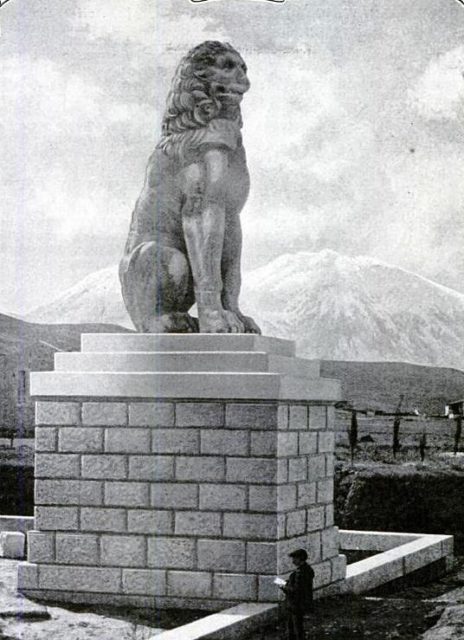
The battle broke the will of Greece, though many Greek cities began to hastily see to their defenses, a peace was quickly reached. Philip never got to invade Persia. Instead, Alexander used all the knowledge he had acquired to win victory after stunning victory. He would use revolutionary and unorthodox tactics to gain victory. He extended his hand to take the island fortress of Tyre, he successfully advanced a phalanx over a river at Issus, and he used the same type of expert cavalry tactics at Gaugamela to strike at the heart of an enemy that heavily outnumbered him and send the Persian King fleeing.
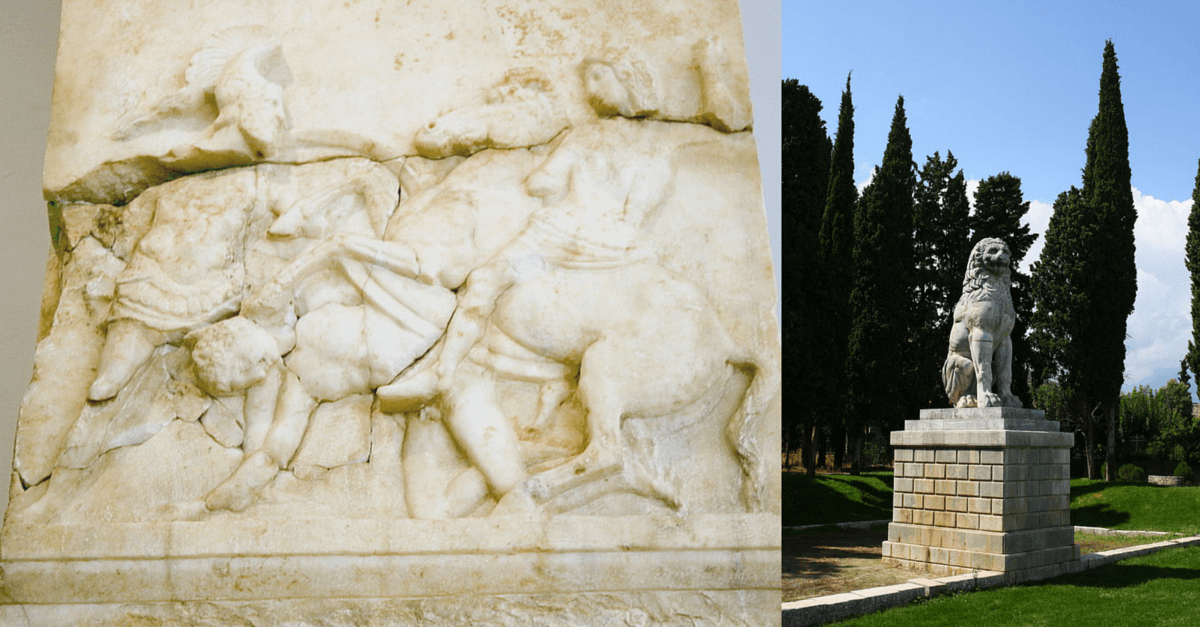 Photo Credit. Right: The Lion of Chaeronea-
Photo Credit. Right: The Lion of Chaeronea-